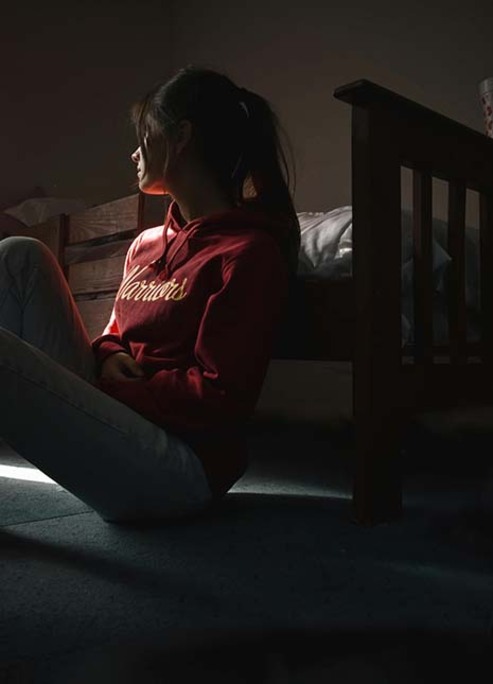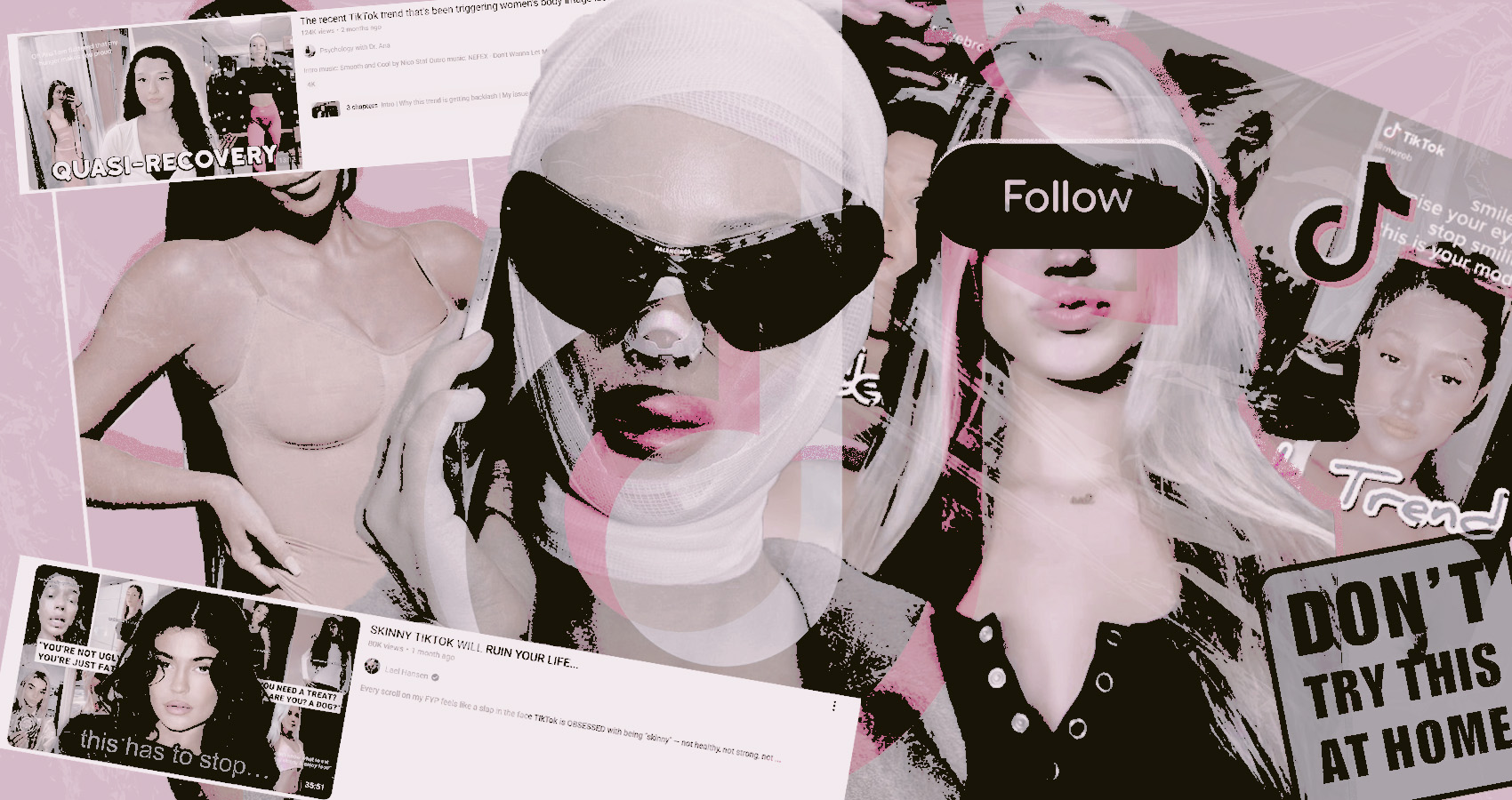
How Social Media Trends Distort Body Image For Teens
Filters & algorithms.
You see it almost every day. A teenager, hunched over their phone, fingers swiping quickly, eyes locked on faces and bodies from Love Island that don’t quite look real. It starts with a scroll. Then another. And suddenly, it feels like everyone else has clearer skin, smaller waists, and straighter noses. That’s where the damage creeps in. Social media trends distort body image by holding up an endless feed of comparison. Teens don’t just look at their reflections anymore. They weigh them against a thousand curated versions of what “better” looks like.
The Algorithm Has a Favorite Face
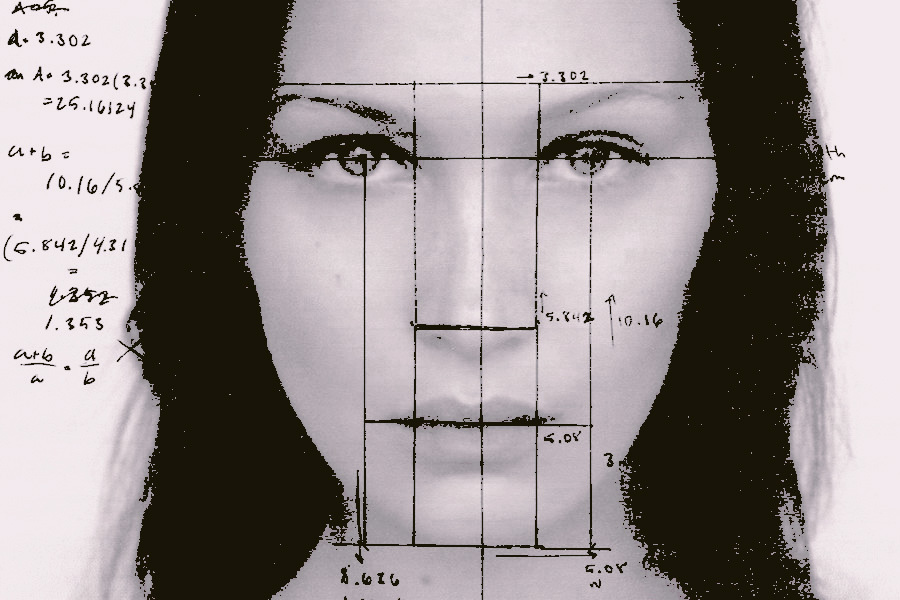
You don’t need to spend hours online to see it. Scroll through TikTok’s For You page or Instagram’s explore tab, and you’ll spot a pattern. Smooth skin. Sharp jawlines. Certain body shapes. The algorithm keeps pushing what it already rewards. It creates this quiet pressure to conform, not because someone tells teens to, but because likes and views flow toward sameness. Even when influencers preach self-love, the subtext is clear — this is what beautiful still looks like.
Some teens try to fight back. They post bare-faced selfies or talk openly about their insecurities. But the platform still favors polish. And even when you know it’s filtered, it still gets under your skin.
Face-Tuning from the Inside Out
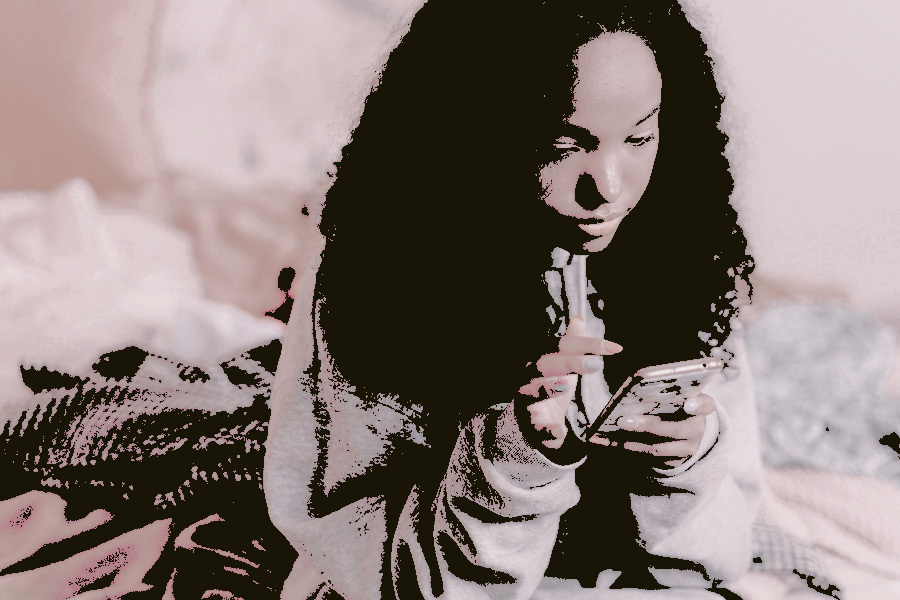
It used to be just a few fun effects. Bunny ears. Cartoon lashes. Nothing serious. But now, many teens can’t post without tweaking something. The Bold Glamour filter smooths skin, shrinks noses, and lifts cheekbones. And once you’ve seen your face like that, the real version starts to feel off.
Apps like Facetune make it easy. Tap. Swipe. Blur. It’s addictive. It’s subtle. It becomes second nature. Even in real life, teens start to think in filters. They wonder how they look in someone else’s camera. They check the lighting and pose for the edit before the photo’s even taken. That’s how social media trends distort body image. Not with loud messages, but with quiet rewrites of what your face is supposed to be.
From the Mirror to the Meal
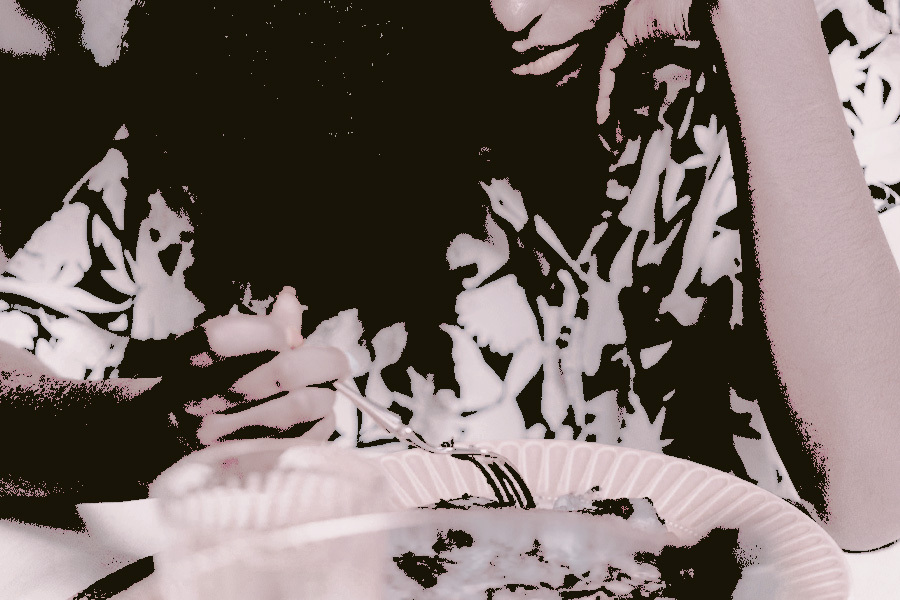
This is where things get real. At first, the focus stays on appearance. But slowly, routines begin to shift. Teens may start choosing foods that photograph better. They may avoid anything that causes “puffiness” or bloating. They start tracking meals. Counting bites. Skipping snacks. Control becomes comfort.
And this is where the deeper danger shows up, as changes in eating behaviour start to appear. Not always as full-blown eating disorders, but as habits that get harder to shake. Small restrictions. Delayed meals. Guilt after eating. The perception of not being “aesthetic” enough online begins to leak into what’s allowed on the plate.
These shifts can become serious over time. Social media trends distort body image in ways that reach far beyond the screen. It’s not just about how someone looks. It’s about how they behave, what they avoid, and how much of their daily life gets filtered through someone else’s lens.
Performing Your Body for the Camera
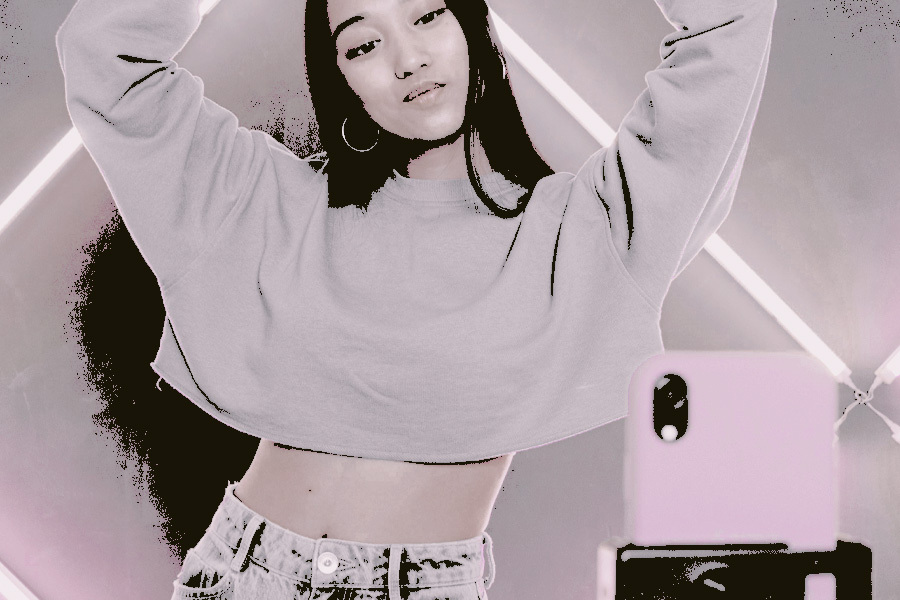
The body becomes content. There’s a whole trend for that. “What I eat in a day” videos. “Hot girl walks.” “That girl” routines. All styled, all filmed, all subtly edited. None of it looks forced, but none of it happens by accident either.
Teens learn to perform their bodies, not just live in them. Gym selfies must show a pump. Dance videos must hide bloat. Outfit pics must hit from the right angle. The body is always being watched, even if no one’s watching. And that awareness sticks, even offline. Every mirror becomes a mini-audience.
The pressure to keep up is one of the harmful influences of social media on body image. A skipped meal here. An extra workout there. Just enough to stay on trend.
The Endless Scroll and the Shrinking Self
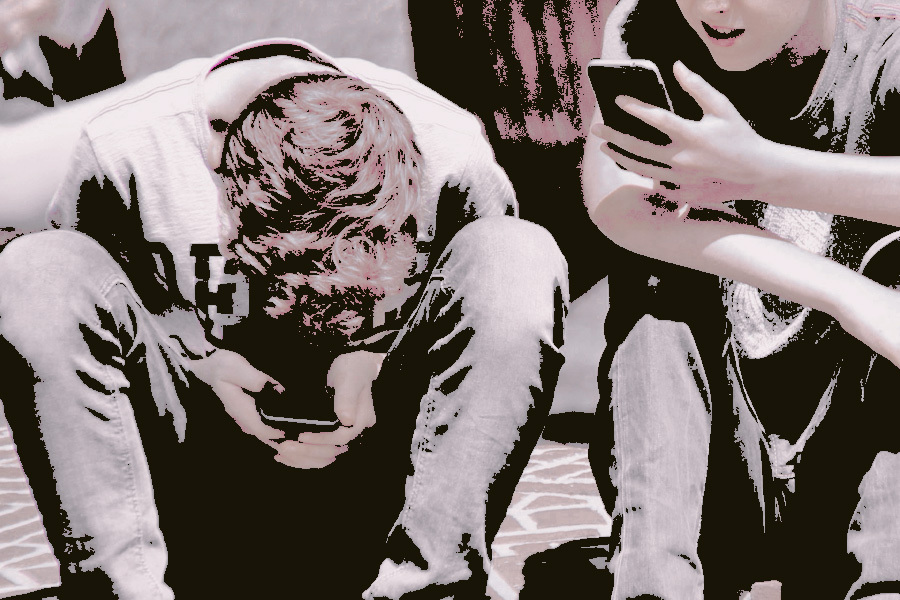
Even after all this, the feed keeps moving. It resets daily. And with each swipe, there’s another girl with the “perfect” waist, another guy with visible abs. The benchmark keeps shifting. There’s no finish line.
That’s what comparison does. It doesn’t let up. It’s not a fair fight either. The lighting’s different. The angle’s better. The body’s digitally shaped. But your brain still reacts. You still wonder if you’re enough. You still start rethinking what you want to wear and how you look.
That shrinking feeling sticks, even when the phone’s off. It follows teens into locker rooms, cafeterias, and bedrooms. It chips away at confidence and makes them question what used to feel fine.
Offline Doesn’t Always Mean Escape
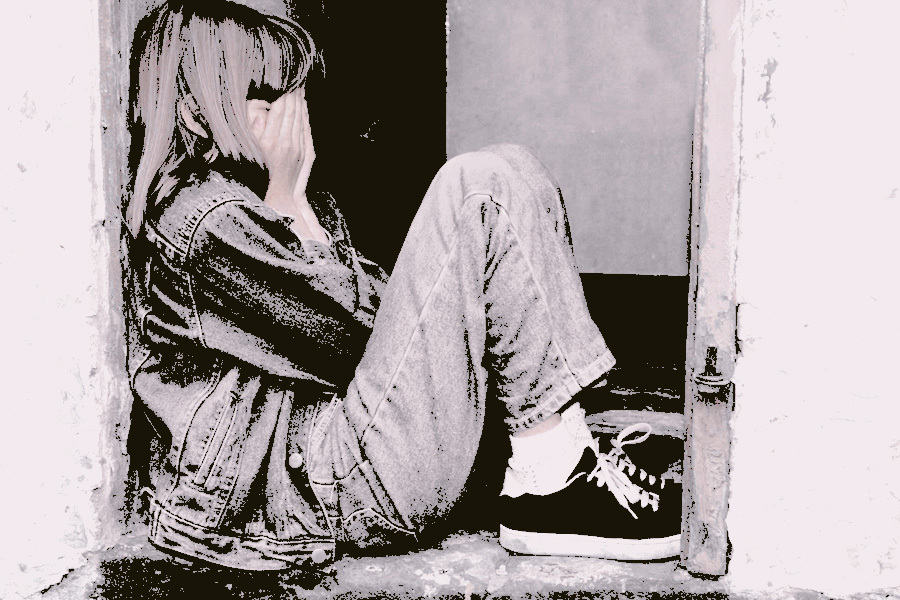
You’d think stepping away would help. But it’s not that simple. The Gen Z trends from social media follow teens into the real world. Some carry it in how they dress. Others in how they sit or stand. Some won’t eat in front of friends. Others avoid pool parties. They don’t want to be caught in a “bad” angle.
Even when they’re offline, they imagine the online reaction. Would this shirt get likes? Would this pass the vibe check? That digital gaze lingers. It shapes how teens carry themselves in real life.
That’s how social media trends distort body image not just by showing “perfect” people but by making ordinary life feel like it’s always on display.
What Teens Actually Need to Hear
It’s tempting to blame the apps. And yes, the platforms play a role. But teens also need something more than restrictions and warnings. They need honest conversations. They need to know that self-worth isn’t linked to symmetry. Real bodies have texture, variety, and change.
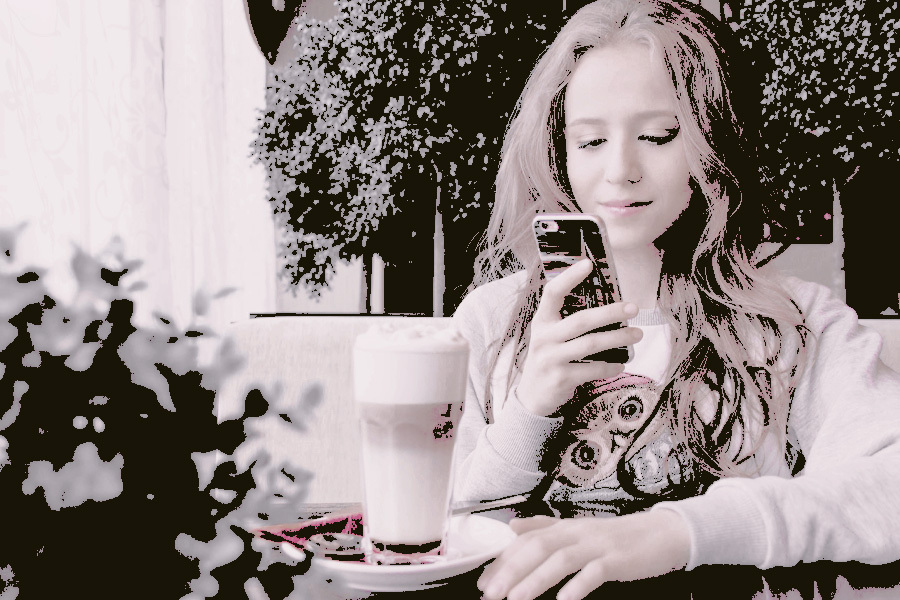
They also need to hear that it’s normal to feel insecure sometimes. What’s not normal is having that insecurity fed back to them through algorithms. Adults should listen more and preach less. Peers should support more and compete less. Real change won’t come from filters. It’ll come from reminders that being a person matters more than being a post.
Looking Away, Looking Within
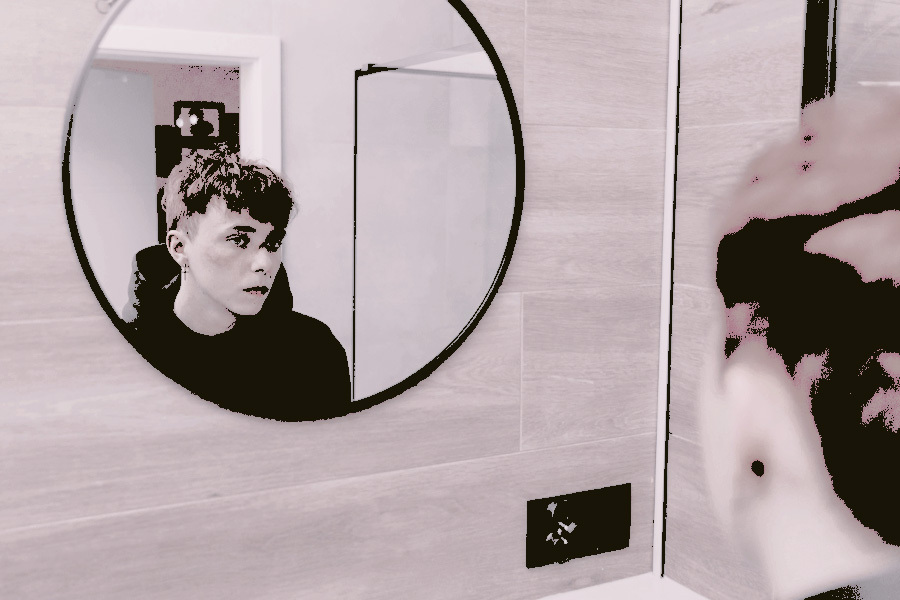
There’s a quiet moment when the phone finally goes dark. Maybe it’s bedtime. Maybe it’s just too much. In that pause, something cracks open. A teen might finally sit with their real reflection. No edits. No filters. Just them. It’s not easy to untangle your self-image from your screen. But it’s possible. And it starts with noticing how social media trends distort body image, how those soft pressures pile up, and how they start to twist what should feel normal. Noticing is the first step. Talking is next. And maybe, after enough time and enough truth, a better image can start to form. One that doesn’t need to be posted at all.



